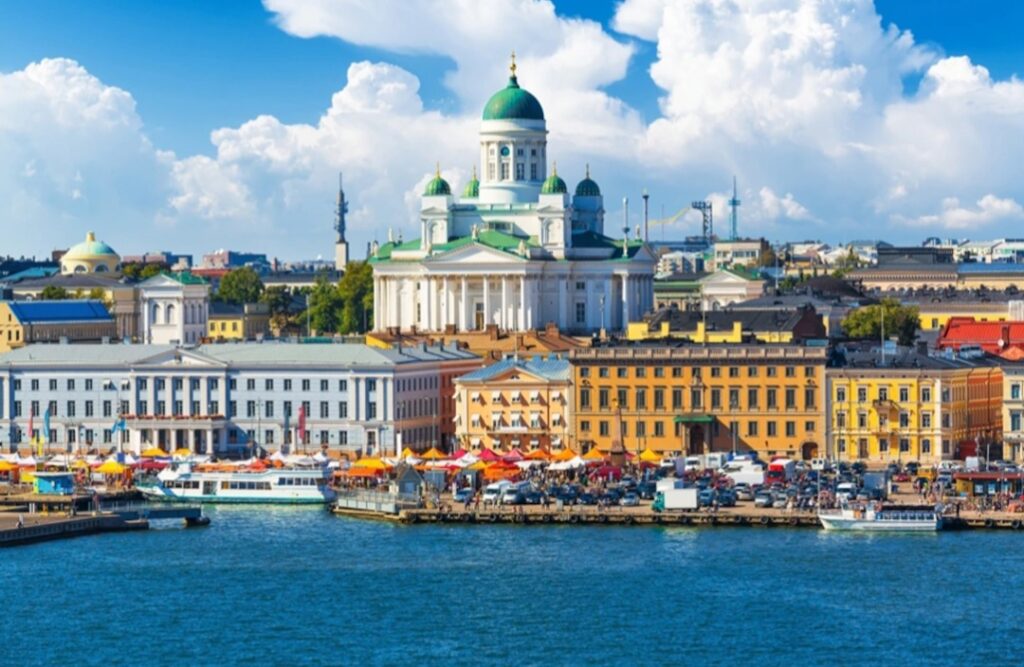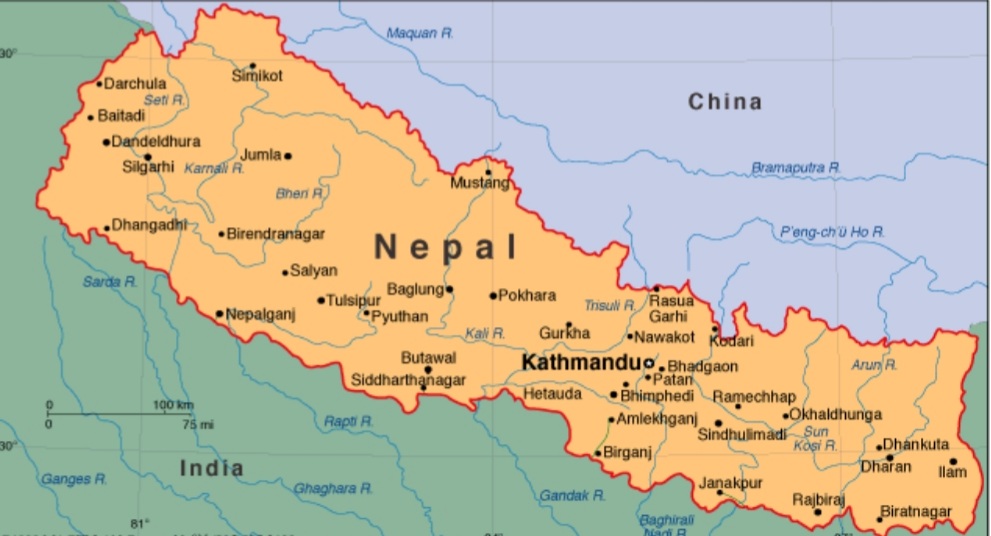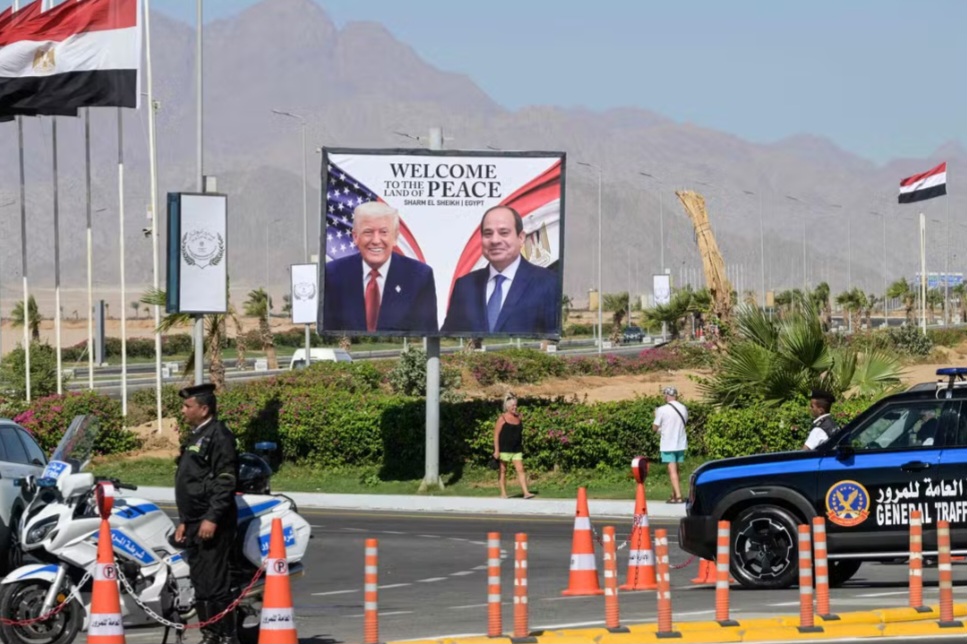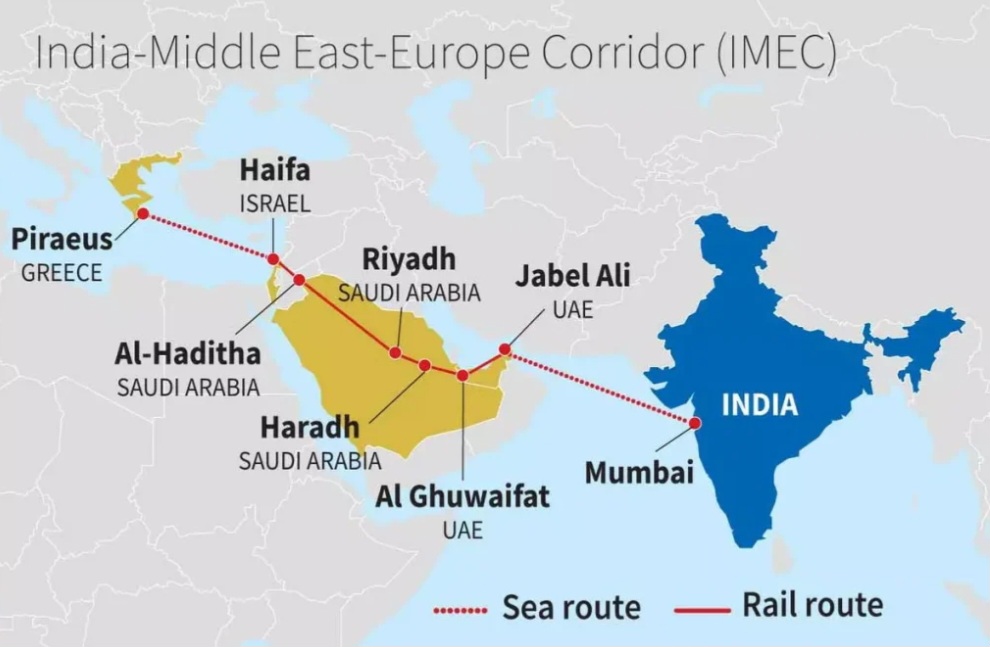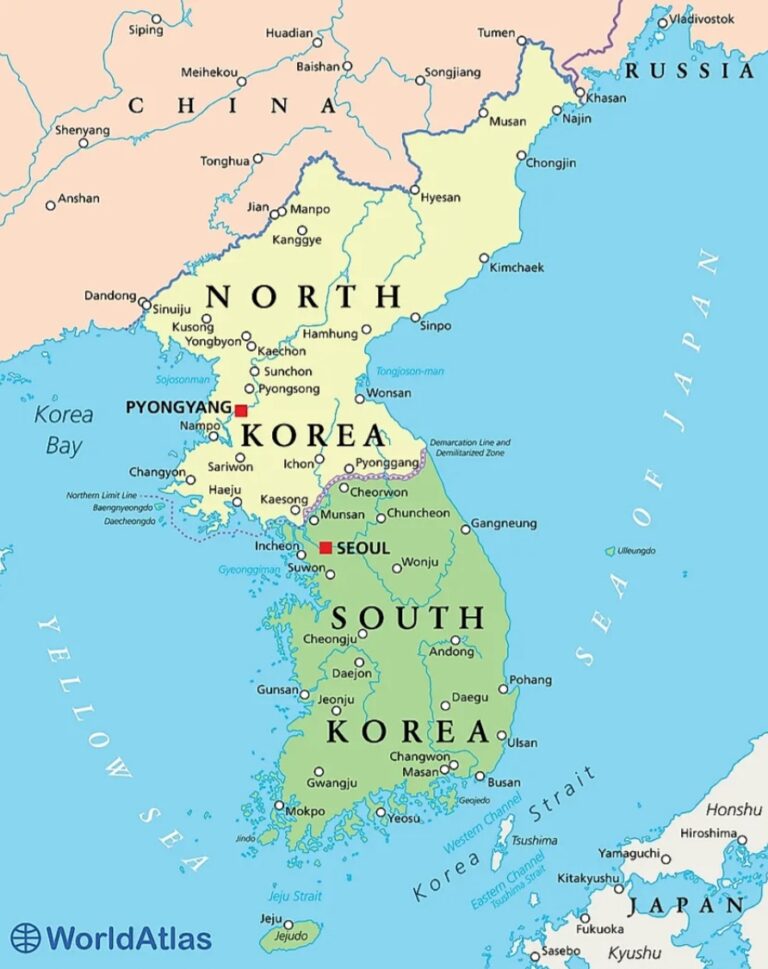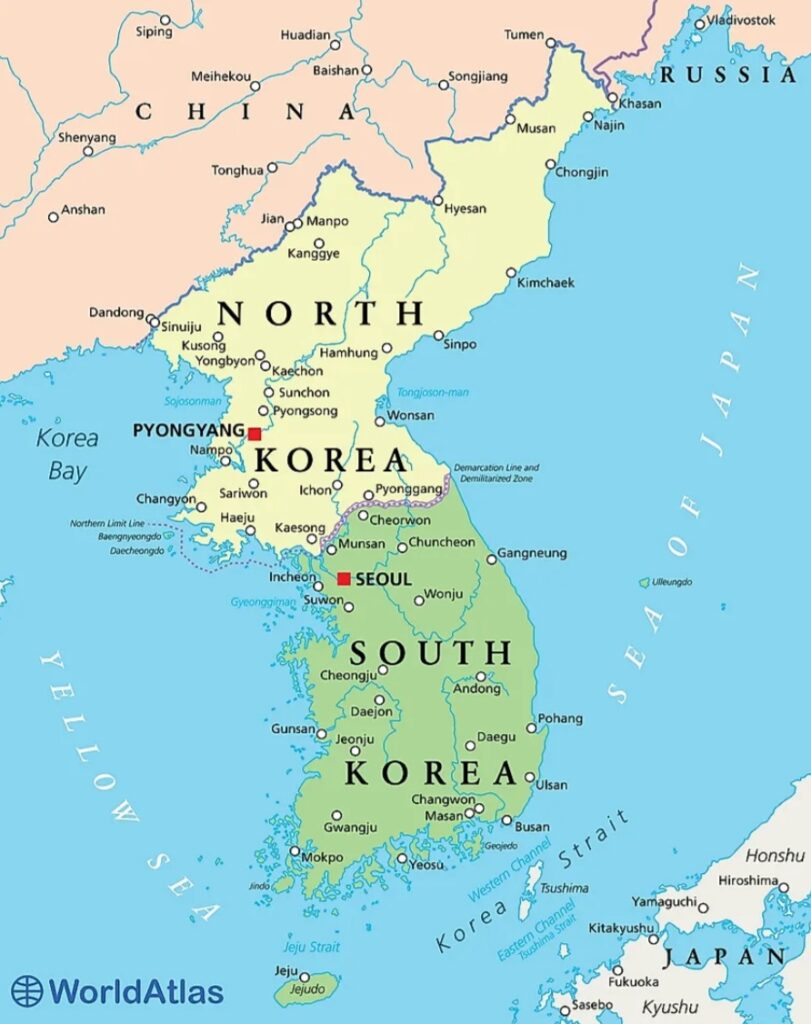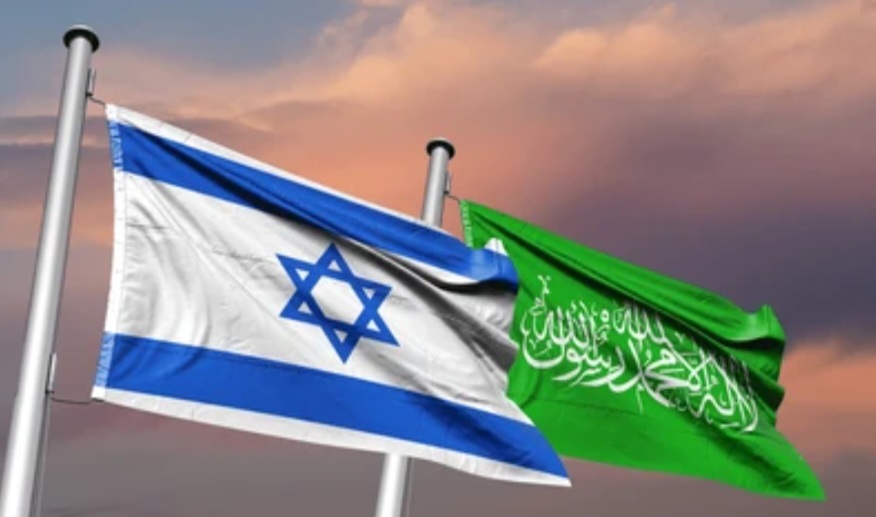By: Aasi Ansari, Research Analyst, GSDN
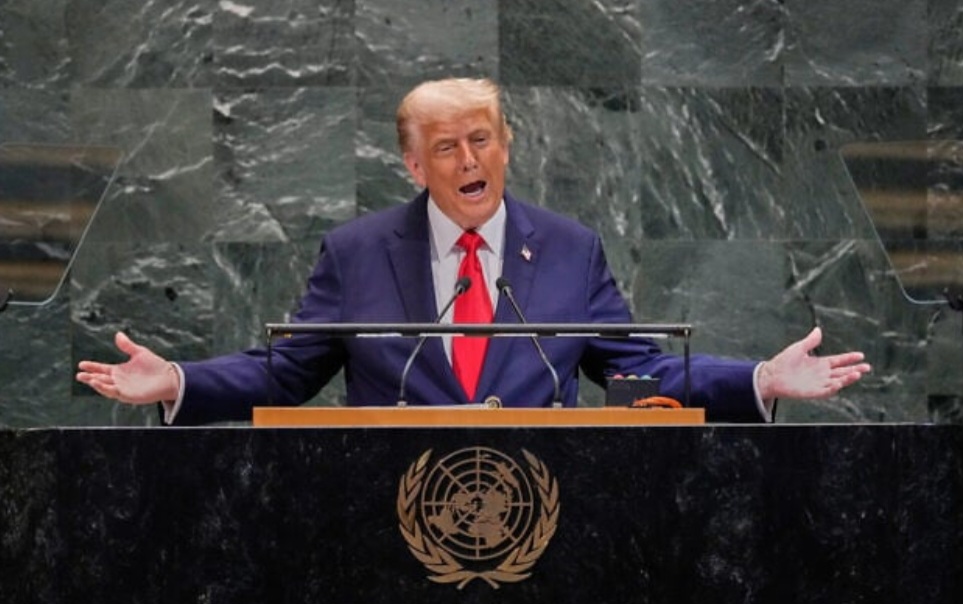
U.S. President Donald Trump delivered a speech to the 80th United Nations General Assembly on September 23, 2025 that underscored his administration’s nationalist agenda, criticized global institutions, and issued pointed rebukes to several nations including India and China. In this speech he talked about Immigration, climate change, War on Gaza and conflict management. His speech was less a customary diplomatic performance and more a deliberate restaging of his political brand on the world stage.
Delivered with the same rhetorical bluntness that has defined his domestic politics, it was designed to rally a base, unsettle rivals, and force a recalibration of how allies and adversaries interpret American intentions. Because of this speech stitched together populist bravado, blunt rebukes of major powers, and an unapologetic defence of national sovereignty, critical response was sparked from multiple nations.
The rhetoric of confrontation
Trump’s language at the UNGA leaned into confrontation as a strategic choice, not merely a rhetoric. He used direct admonitions toward nations like India and China to dramatize a larger thesis: that established powers are failing their citizens and that international institutions have grown complacent or corrupt. This kind of messaging functions on two levels. Domestically, it reaffirms a portrait of leadership that promises to put perceived national interests above international niceties. Internationally, it communicates that the United States under his influence prefers blunt bargaining and public pressure over quiet diplomacy and coalition-building. The value of such an approach is its clarity of the speech. When leaders speak plainly, civilians and government officials can more quickly gauge intent. The downside is that bluntness erodes ambiguity that traditional diplomacy deliberately preserves.
On of the Trump’s blunt condemnation that drew immediate global attention “Your countries are going to hell” while talking about illegal immigrations in the Prisoners. He mentioned according to the Council of Europe, in 2024 almost 50% of inmates in German prisons were foreign nationals or migrants. The number in Austria for the same was 53%, in Greece it was 54% and in Switzerland it was 72%. He said America on the other hand, acted boldly to controlled illegal migration. After they started detaining and deporting everyone who crossed the border illegally, they simply stopped coming.
Similarly, he also bluntly commented that the Climate change the ‘greatest con job’. He claimed that all of these predictions made by the United Nations and many others, were wrong. According to Trump the primary effect of these brutal green energy policies has not been to help the environment but to redistribute manufacturing and industrial activity from developed countries that follow the insane rules that are put down to polluting countries that break the rules and are making a fortune. He ridiculed past climate disaster predictions and warnings and urged other nations to scrap green energy initiatives intended to reduce carbon output.
Trump also criticised UN for not being able to control conflict in Ukraine and Gaza. He accused UN growing momentum for a two-state solution at the United Nations is a “reward” for Hamas. He said many NATO states have recognizing Palestinian state and shown anger over Israel’s conduct in Gaza. According to Trump this is a barrier to prevail peace in Gaza. Similarly, Trump accused India, China and European countries to stop importing energy products from Russia. He believes that this is increasing the economic and military strength of Russia and causing war in Ukraine. Trump believes in “peace through strength” and warned adversaries against testing American resolve. Trump said that with time, patience, and the financial support of NATO, Ukraine can win back all the lost land.
Emphasizing his “America First” doctrine, Trump also touted U.S. economic achievements, border security measures, and military strength. He urged other nations to adopt similar policies, rejecting what he called “failed globalist approaches”. Trump said he ended seven wars, dealt with the leaders of many countries, and never even received a phone call from the United Nations offering to help in finalizing the peace deal. Trump offer the hand of American leadership and friendship to any nation in that assembly willing to join us in forging a safer, more prosperous world by rejecting the failed approaches of the past and working together to confront some of the greatest threats in history.
Policy prescriptions and practical implications
Beyond rhetoric, the speech pressed three consistent policy themes: sovereignty over multilateralism, prioritization of traditional energy and economic independence over green transitions, and a hardline stance on migration and border control. Each theme contains plausible arguments and clear domestic political mileage. But each also carries international costs.
Sovereignty over multilateralism signals a willingness to withdraw from or undercut institutions when they conflict with national aims. In practice, this may accelerate the trend of selective participation, where cooperation occurs only on transactional terms that favour immediate national benefit. That undermines long-term projects such as climate mitigation, pandemic preparedness, global financial stability that rely on trust and consistent engagement.
Emphasizing traditional energy and pushing back against climate orthodoxy recalibrates alliances formed around green transitions. Countries that have committed politically and economically to renewable pathways will view this as a bid to slow global momentum. The immediate beneficiaries of fossil-fuel suppliers and energy-intensive industries may welcome the short-term relief, but the strategic pivot reduces cooperative leverage on emissions and innovation.
Migration and border control are politically potent themes. Yet, using them as a principal organizing logic for international relations risks turning humanitarian and cross-border issues into security problems. When migration is framed primarily through security, responses become securitized: walls, expulsions, and bilateral pressure instead of collaborative labour agreements, regional development, and humane asylum processes.
Audience and political calculus
Understanding the speech requires reading the intended audiences. First, the domestic audience: Trump’s core supporters reward plain-speaking and perceived strength. By airing grievances on a global stage, he domesticates foreign policy in a way that reinforces his political identity. Second, potential challengers and rivals: public condemnation serves to delegitimize current trajectories in rival states and to invite dissidents and critics to speak out. Third, global elites and technocrats: for them, the speech is a test either to adapt to transactional diplomacy or to push back and reassert multilateral norms.
Trump’s UNGA intervention also appears calibrated to provoke reactions. Public rebukes force the hand of countries that might otherwise stay noncommittal. In that sense, the speech serves a strategic function: it compresses conversation, forcing states to take visible stances that reveal fault lines. But there is a cost to provoking in a forum designed for consensus-building. The UNGA is where countries with vast differences exchanging ideas and sometimes build incremental consensus. Turning the assembly into an arena for combative moral judgments risks diminishing its utility as a space for pragmatic cooperation.
The political calculus is clever because it depends on media dynamics: provocative statements that generate headlines, dominate news cycles, and shape public debate in ways technical diplomacy rarely does. That helps achieve short-term political objectives. However, it is less effective at securing sustained policy outcomes that rely on mutual trust and negotiation. Moreover, diplomatic provocation can produce asymmetric reactions. States with abundant soft power and resilient institutions can absorb public criticism and respond from stable platforms. Smaller states or those with fragile governance may be pushed into defensive postures, aligning more tightly with one camp or another.
Long-term consequences and strategic choices
Within the U.S., Trump’s supporters praised the speech as a bold assertion of American leadership, while critics warned it could isolate the country diplomatically. Officials from India and China condemned Trump’s remarks as “undiplomatic” and “inflammatory,” with some calling for formal censure. On the other hand, some European leaders echoed Trump’s concerns about UN inefficiency, others criticized his confrontational tone.
Trump, however, has gone further in eroding its stature, slashing the money the US spends on the institution and cutting funding for foreign humanitarian aid and peacekeeping operations. He’s also withdrawn from the UN’s cultural, health and human rights arms. He acknowledged ending the war in Ukraine had been more difficult than he expected, saying his good relationship with Russian President Vladimir Putin hadn’t translated into effective peace negotiations. Trump reaffirmed U.S. support for Israel amid ongoing tensions in Gaza and criticized Russia’s aggression in Ukraine.
If the Trump approach becomes a durable style of U.S. engagement, international governance will likely bifurcate. This fragmentation could spur regionalism, where like-minded states consolidate deeper cooperation among themselves while bypassing global institutions. Alternatively, it could encourage other major powers to fill vacuums in leadership roles, reshaping influence networks in ways that do not necessarily align with U.S. preferences. Short-term negotiations will be transactional and public; long-term negotiations might require new agreement less dependent on consensus.
There is also reputational risk. Allies may question U.S. reliability; adversaries may test resolve. Both dynamics increase strategic uncertainty. For businesses, instability in diplomatic posture raises compliance and investment risks, influencing markets and supply chains. For humanitarian challenges, inconsistent U.S. engagement could leave global systems less capable of coordinated response.
Conclusion
Donald Trump’s UNGA speech was an unapologetic projection of a political vision that prizes directness, national primacy, and transactional engagement. It accomplished what it likely set out to do: capture attention, consolidate domestic support, and force international actors to clarify their positions. What it did not do was make a strong case for how sustained global problems will be solved in concert. In a world of interdependence, rhetoric without reliable follow-through will not substitute for the slow work of diplomacy. If the goal is to reshape global governance, provocation must be paired with practical pathways to cooperation; otherwise, the speech risks becoming another loud moment that accelerates fragmentation rather than forging durable solutions.
Supporting America in conflict resolution can give one side of the war more power, disturbing the balance of power in that conflict. Trump’s ‘Peace through Strength’ strategy so far has not shown sustainable peace for long time. Supporting America can put the idea of multipolarity into jeopardy. By multipolar global order many countries like India, China, Russia and many others have made economic and political benefits. It has also helped to fight against Western sanctions. Submitting to America is reliable as proven with South-Koria conflict with North-Koria. Opposing this has the potential to change the global power dynamic.





